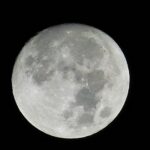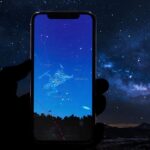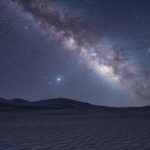Suppose you’re starting in astronomy and interested in observing the planets. In that case, there’s no better place to start than with the planets in our solar system. From the gas giants of Jupiter and Saturn to the rocky terrain of Mars and Venus, each planet has unique features that offer a fascinating glimpse into the universe’s wonders. So, how can you observe these planets, and what can you expect to see? Let’s take a closer look.
Observing the Planets
The planets in our solar system are visible to the naked eye, but to get a closer look, a telescope or even binoculars can make all the difference. However, not all planets are equally easy to observe. For example, Mercury and Venus are often difficult to spot because they are close to the Sun and only visible briefly before sunrise or after sunset. Uranus and Neptune are also challenging to see without a telescope because they are faint and far from Earth.
On the other hand, Jupiter and Saturn are among the most accessible planets to observe with a telescope, as they are both large and bright. With a moderate-sized telescope, you can see the four largest moons of Jupiter (known as the Galilean moons) and the rings of Saturn. You may also visit the Great Red Spot on Jupiter, a giant storm raging for hundreds of years.
Mars is another famous planet to observe with its distinctive reddish color. With a telescope, you can see its polar ice caps, dark features known as maria, and even dust storms that can obscure the planet’s surface.
Learn more: INTRODUCING YOUR KIDS TO STARGAZING WITH THE BEST APPS
What to Expect to See
While you won’t be able to see every detail of the planets with a small telescope or binoculars, there is still plenty to see and appreciate. Here’s a quick overview of what you can expect to see when observing some of the most famous planets:
Mercury
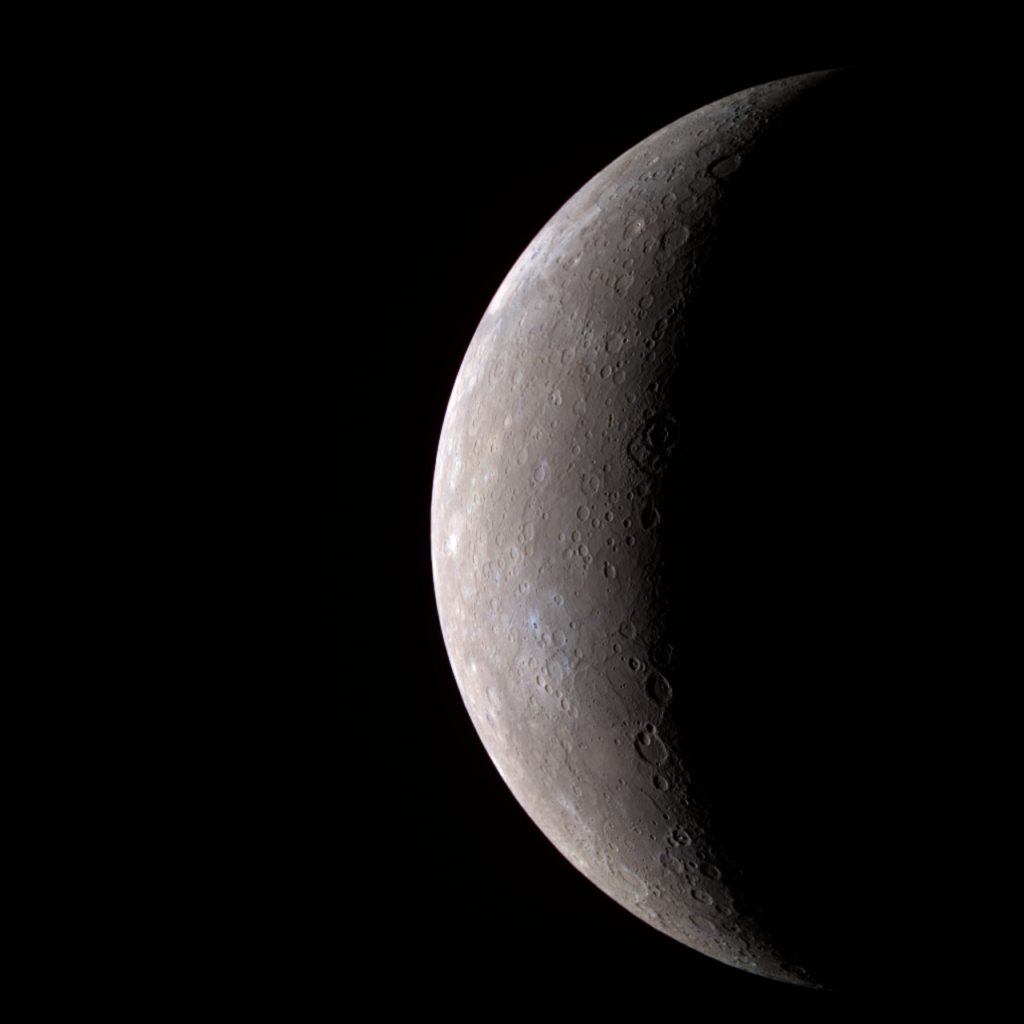
A small, featureless disk that appears as a bright star-like object near the horizon.
Venus
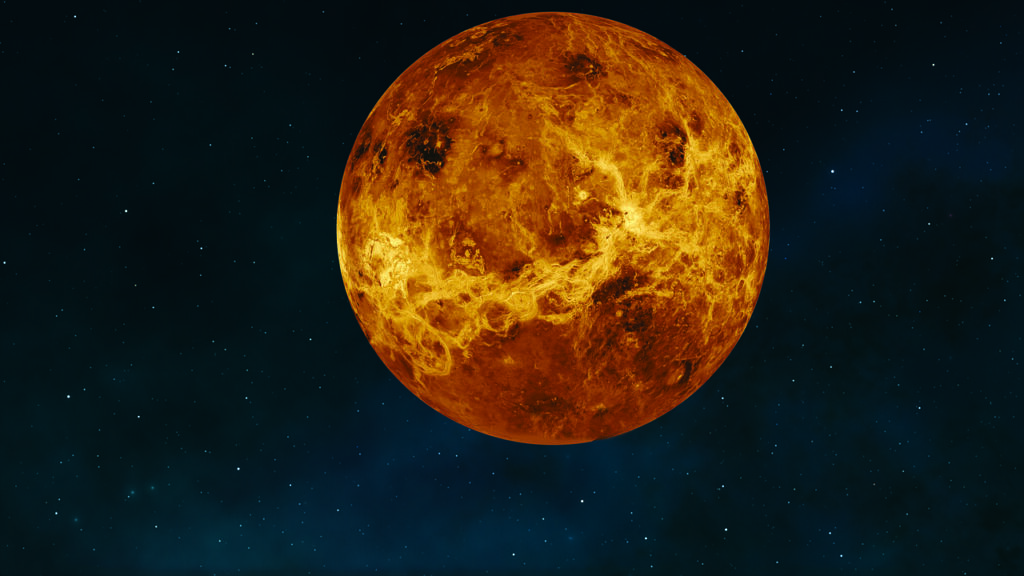
A bright, disk-like object that shows phases similar to the Moon’s.
Mars
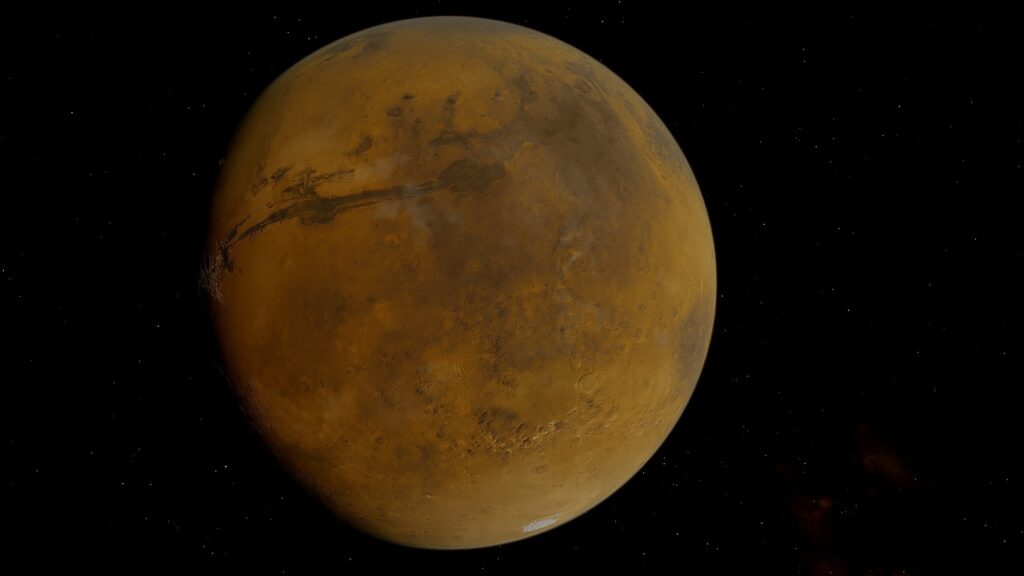
A reddish-orange disk that may show darker areas, polar ice caps, and even dust storms.
Jupiter
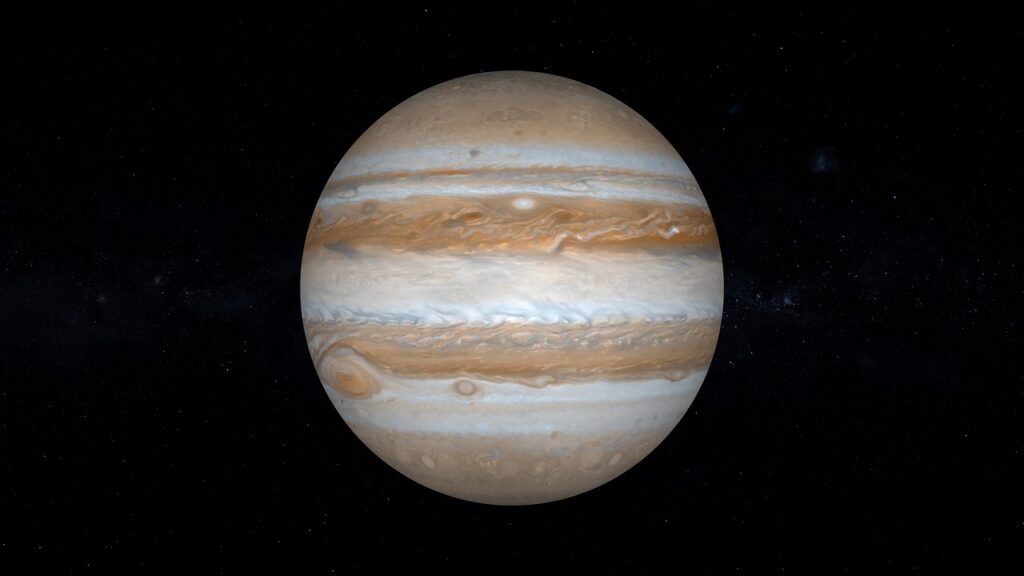
A bright disk with distinctive cloud bands and up to four bright moons visible as tiny dots of light.
Saturn
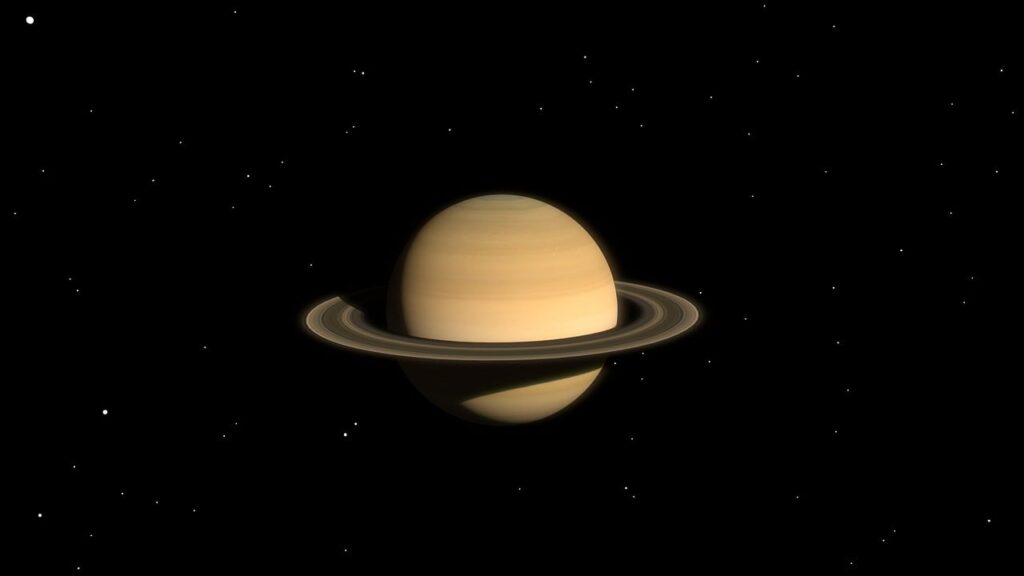
A more extensive, brilliant disk with a unique ring system visual even in small telescopes.
Uranus and Neptune
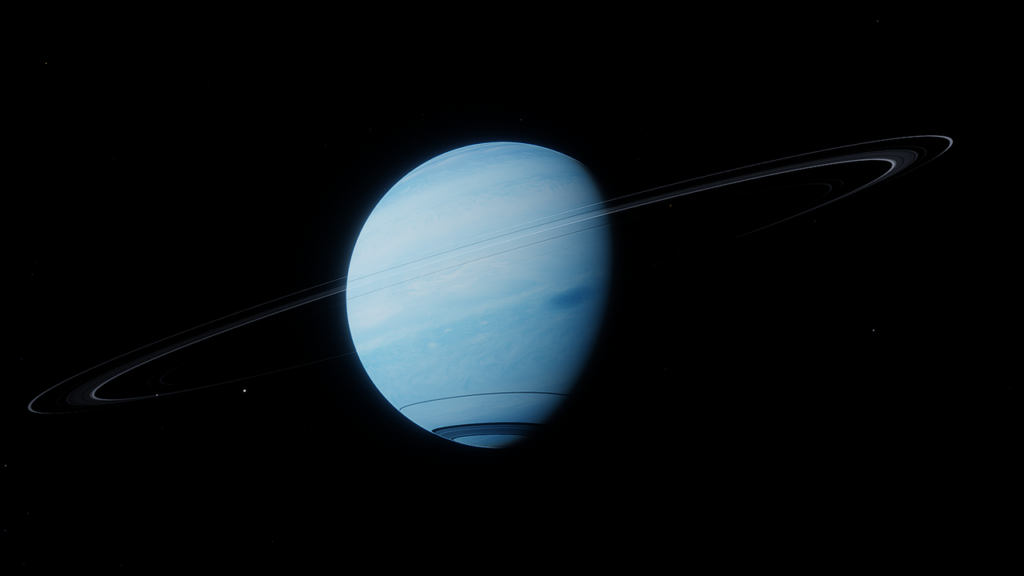
Small, faint disks that may show subtle color variations but little detail.
Exploring the planets in our solar system can be an exciting and rewarding experience, even for beginners. With a bit of patience and the right equipment, you can observe these worlds and see the incredible diversity of our solar system. So, grab a telescope or binoculars and start exploring the cosmos today!
